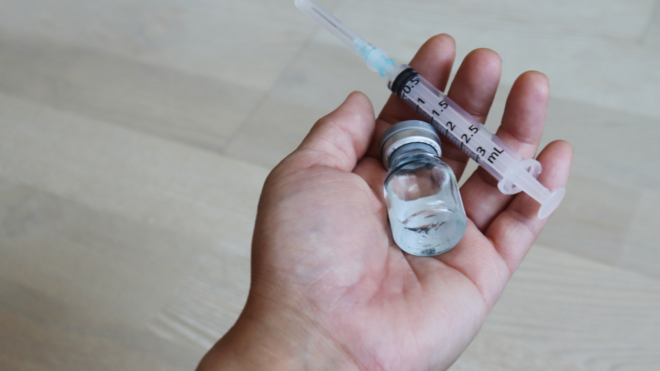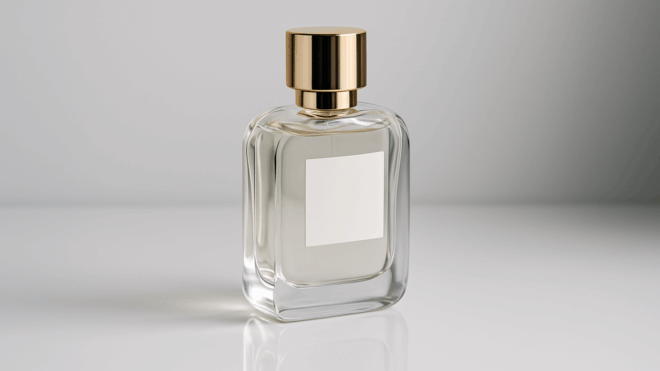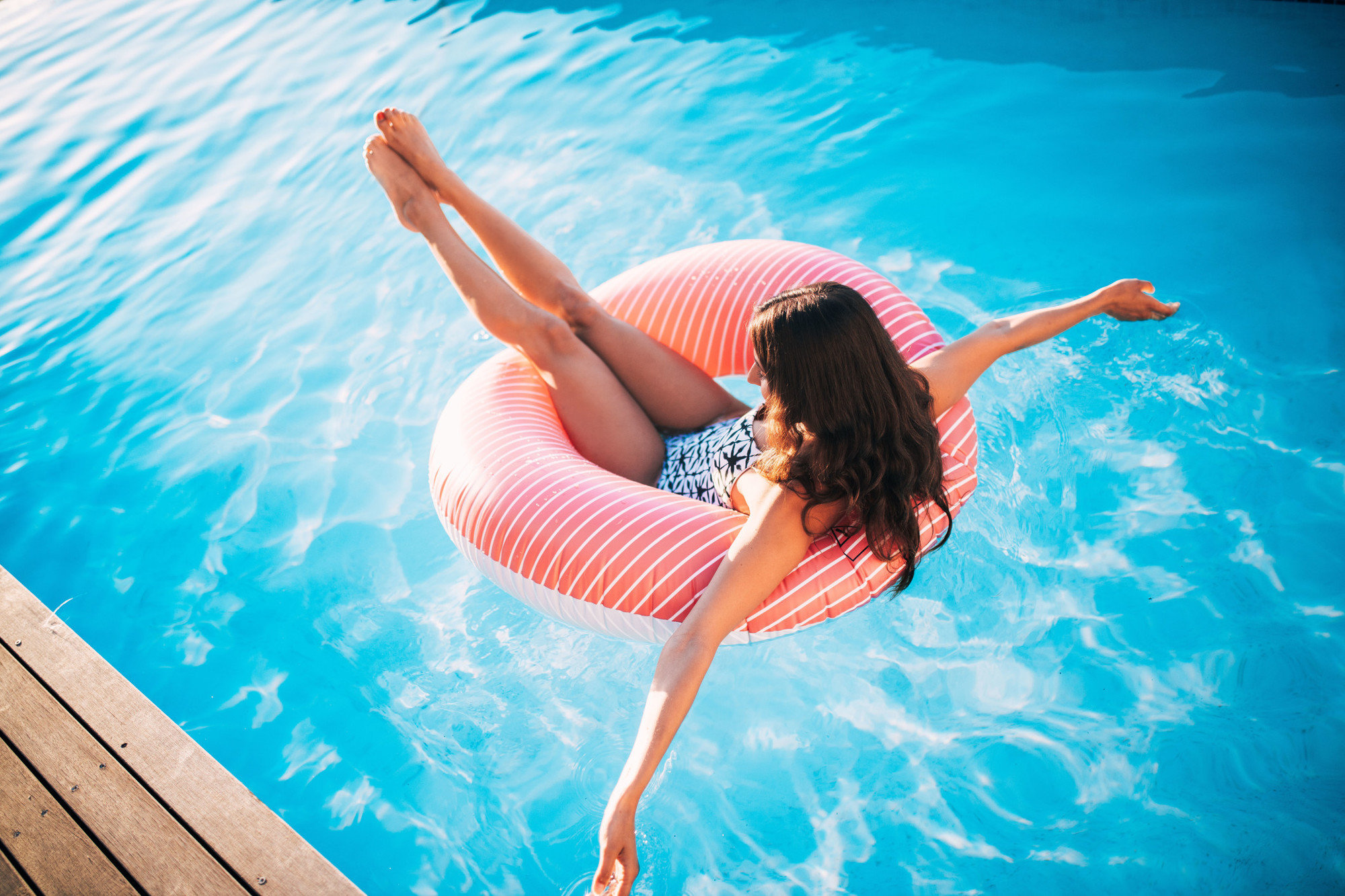
OK, not to freak anybody out too much before grabbing their cool watermelon-shaped pool floats, but water can be legitimately dangerous. An estimated 4,000 people in the US die each year from drowning, and approximately 20% of those deaths are children under the age of 5. While summer may be wrapping up, the heat index is still rising, and more of us are off to hit the beaches and pools to stay cool, enjoy our remaining vacation time, and bond with friends and family. While water safety is important year-round, in the summer, it's especially important to be mindful of the most common mistakes that can lead to accidental drowning or injury. Whether or not we're planning on swimming, being near water can be a concern. If we're hanging out by the shore, it's just a good idea to review some basic safety standards.
A good rule of thumb, before hitting the shore, pool, or even kiddie pool is understand ways to keep the family safe around water. This way, we can be focused on not just having fun, but keeping the family healthy and safe. Kids — even the ones who are really strong swimmers and who have a good head on their shoulders — can easily make mistakes in the water, and it's a good idea to play it safe. Speaking of health and safety, when was the last time we checked in to ensure that we had all the basic safety equipment in our own homes? Take a look at a home safety checklist to make sure everything a family might need is on hand, in case of emergency. None of them are unreasonably expensive — we're not suggesting anyone build a bunker over here — but they are simple, accessible, easy ways to ensure any family stays safe.
Drinking Alcohol

Because alcohol lowers inhibitions and makes people less aware of their surroundings, it only makes sense that the risk for drowning increases when someone is intoxicated. The World Health Organization notes that an estimated 360,000 people drown annually worldwide and, along with age and socioeconomic status, it lists alcohol as a potential risk factor. Although little research has been done, a 2004 study found that alcohol consumption increases the likelihood of drowning approximately 10 to 30 percent.
Ignoring Beach Warnings

Most beaches around the world use a flag warning system to notify beachgoers of potential water hazards like dangerous rip currents, jellyfish infestations, or even shark sightings. Sadly, not everyone pays attention to these flags, putting themselves at risk when they decide to enter the water. Take note of flags on and around the beach and make sure to understand what they mean. As a rule of thumb, red flags traditionally mean the water is unsafe, even for the most experienced swimmers.
Not Using the Buddy System
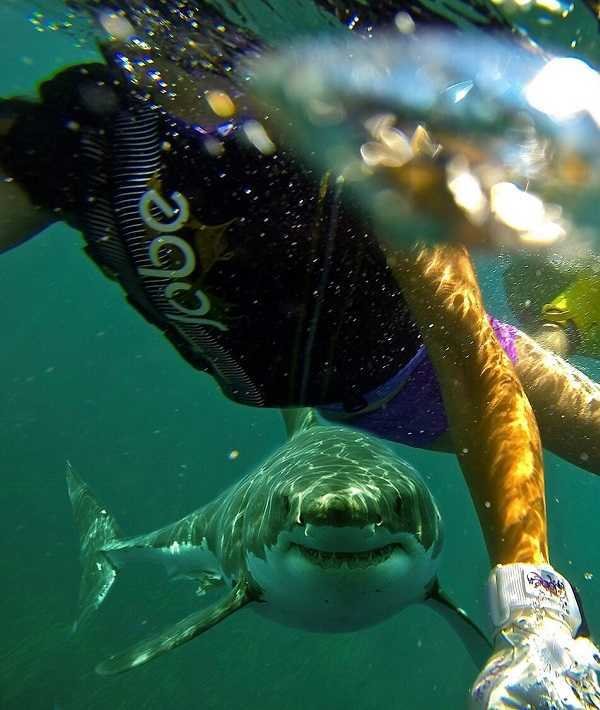
Swimming with a buddy isn't just good advice because it's more fun — it can keep us alive. While rare, the risk of getting attacked by a shark increases when we're alone in the water (it's easier for the shark). Along with helping deter predators, swimming with a friend means someone is also there to call for help if there's an emergency. Swimming solo may be fun, but when things go wrong, people realize what a serious mistake they've made.
Swimming in Isolation

It's never a good idea to swim where there are no other humans in sight. According to The Josh Project, a nonprofit dedicated to preventing drowning and water-related injuries, even the strongest swimmers can encounter unforeseen emergencies, like sudden muscle cramps or getting tangled by underwater weeds. Without someone there to help, swimmers face a much higher risk of drowning.
Diving Into Shallow Water

Water has a reflective surface that can distort depth perception. When swimmers dive head-first, it's crucial they know how deep the water is beforehand, otherwise they're risking potentially fatal head and neck trauma, which accounts for 70 percent of shallow water injuries.
Not Wearing Goggles or Sunglasses

In the water, goggles prevent chemicals and bacteria from entering the eye, which can cause irritation or even infection. They also help swimmers see underwater, which can help prevent injuries caused by sharp rocks and coral. Out of the water, sunglasses are the easiest way to protect delicate eye tissue from damaging UVA and UVB rays, which can cause photokeratitis, a painful inflammation of the corneas.
Not Staying Hydrated

Believe it or not, people tend to get more dehydrated while swimming than other sports. The reason? Playing in water means a person won't notice he's sweating, making moisture-loss less obvious. Plus, it's not uncommon for water to get into swimmers' mouths, which can alleviate the sensation of a dry mouth, without actually providing hydration. Dehydration can lead to a host of problems, including muscle cramps, headache and in the most severe cases, even death.
Risky Boating

Every state has its own boating laws, but typically, it's not too difficult to obtain a boating license (and not all states require one). That said, ill-equipped or inexperienced boat operators, or ones who are driving erratically, are far more likely to make mistakes on the water, risking their lives, their passengers' lives, and the lives of those they come into contact with. Before riding in any watercraft, make sure the person operating it is trained and mature enough to handle the responsibility.
Not Wearing a Life Jacket

Wearing a life jacket may seem annoying, but it can save lives. Children and adults should always wear life jackets when they're on boats, canoes, kayaks, and rafts, as well as when they're snorkeling or swimming in deep water. Even the most accomplished swimmers can suffer from fatigue or have an unexpected accident that leaves them incapacitated. And for the record, personal flotation devices aren't designed to save lives and shouldn't be relied upon for water safety.
Not Paying Attention to Kids
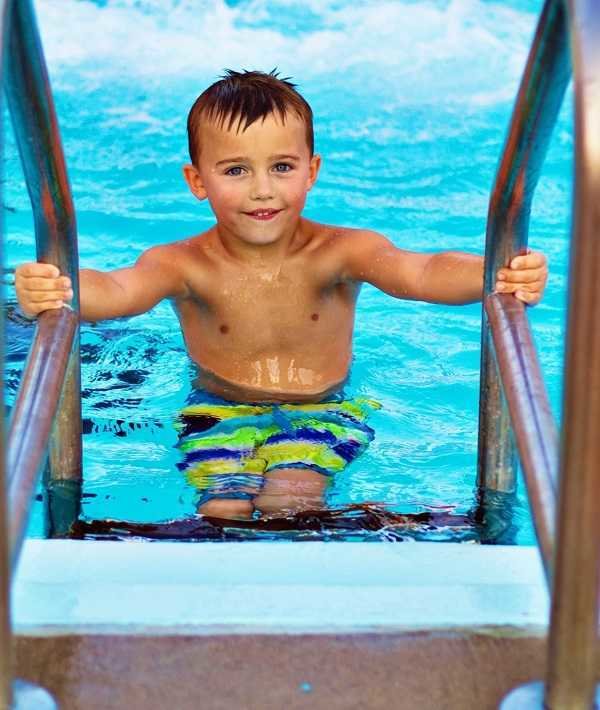
Drowning is the No. 1 cause of death for children between the ages of 1 and 4, and the No. 2 cause of death for children up to 15 years old, even for children who have completed swimming lessons and are considered "good swimmers." Parents and guardians need to make sure they've always got their eyes on a child who's in or near the water, since it only takes seconds for a child to become submerged and less than two minutes for someone to drown.
Overestimating Skill Level

Being a good swimmer doesn't necessarily translate to being a good snorkeler, scuba diver, surfer, paddleboarder, or diver. Overestimating abilities in the water is a surefire way to get ourselves in trouble. Whether it's a change in the weather or choppy waves, having too much confidence can wind up being deadly. That's why it's important for anyone engaging in water sports to be safe and cognizant of skill level, while also making sure to have someone nearby to help in an emergency.
Not Watching Pets

Like people, pets are prone to drowning and need their humans to keep an eye on their safety. Watch furry friends and protect them from overexertion, sunburn, and accidental drowning. For active, water-loving animals, buy a pet life jacket to keep them extra safe while they swim.
Swimming Too Close to Pool Drains

It's no exaggeration that flat pool drains are one of the most deadly parts of a swimming pool or hot tub. The powerful suction force of the drain, combined with the flat surface, creates a near-impenetrable seal that is impossible for human hands to break. Numerous deaths caused by drains trapping swimmers led to a federal safety regulation requiring drains to have anti-entrapment devices covering them. But many pools still haven't been upgraded and made safe, leaving swimmers at risk.
Rough Play
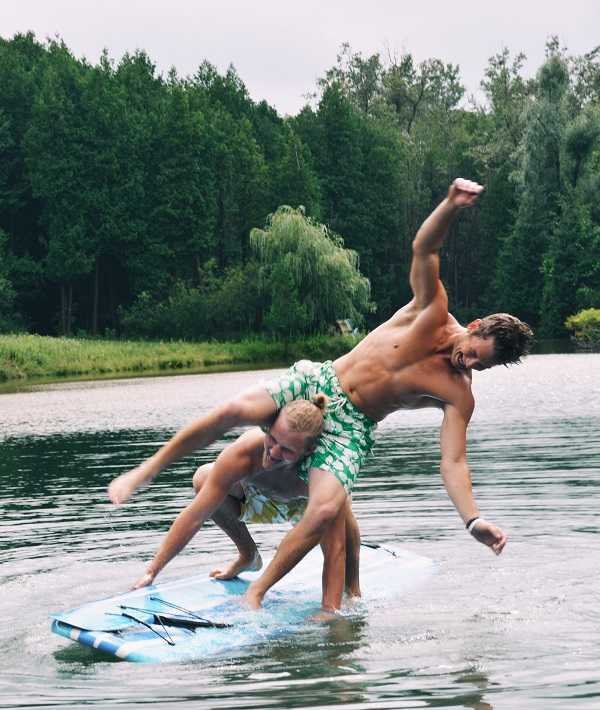
There's a certain sense of freedom that comes from playing in the water. That freedom often leads people to roughhouse, which can potentially lead to a serious injury. From forcing people's heads under water to shoving, splashing. and thrashing about, the risk for getting hurt in or around the water increases exponentially with this kind of behavior. While everyone wants to have a good time, safety should always be a top priority.
Running on Wet Surfaces
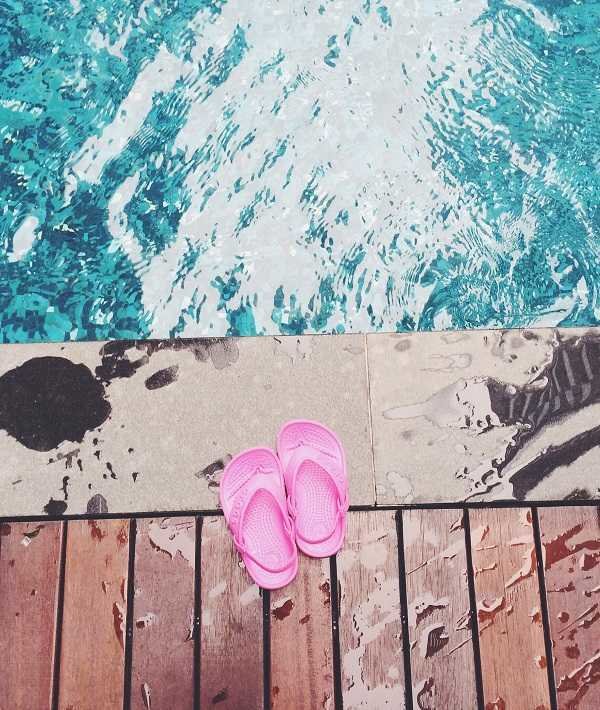
Our moms, teachers, and lifeguards have all told us to walk, not run, but sometimes, it's hard to remember. Excited kids (and even some adults) might forget that wet surfaces are incredibly slippery — running on them puts us at risk for falling and getting seriously hurt. Head injuries and even drowning can result from running near a pool or on slippery, wet rocks near the beach. While walking may not seem as fun, it's definitely much safer.
Assuming Shallow Water Is Safe
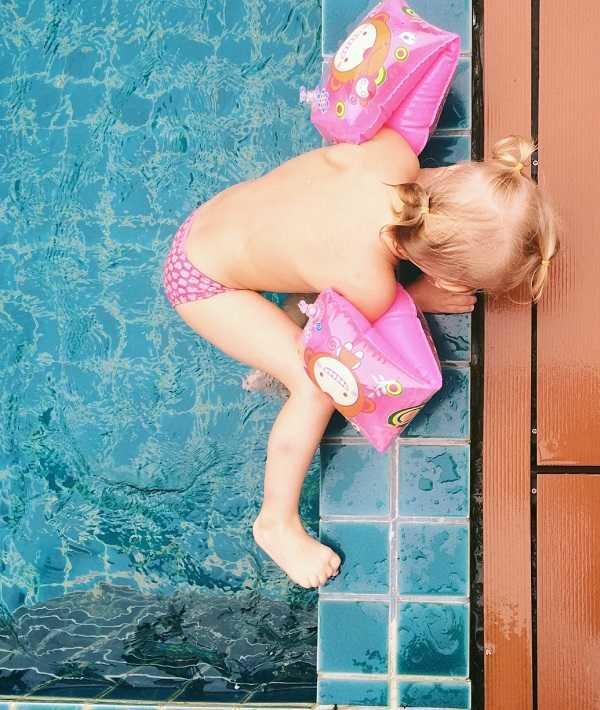
Two inches of water is all it takes for a child to drown, yet parents often feel safe letting their little ones splash in the shallow end of a pool. Each year, small children drown in inflatable pools, shallow water, buckets, and even toilets, making any open source of water a danger, especially for children under the age of 5. Another worry? Shallow water blackout, which is caused when a swimmer of any age holds their breath underwater and loses consciousness, which often leads to drowning.
Not Applying Sunscreen While Swimming

Water tends to keep people cool during the hotter summer months, but many people confuse the cooling effects with sun protection. Just because we don't feel hot, it doesn't mean we're not burning. Likewise, when our body is submerged in the water, the harmful UVA and UVB rays are still able to penetrate our skin, leading to sunburn. Sunblock is always necessary whenever we're outdoors, whether or not we're in the water.
Swimming Out Too Deep
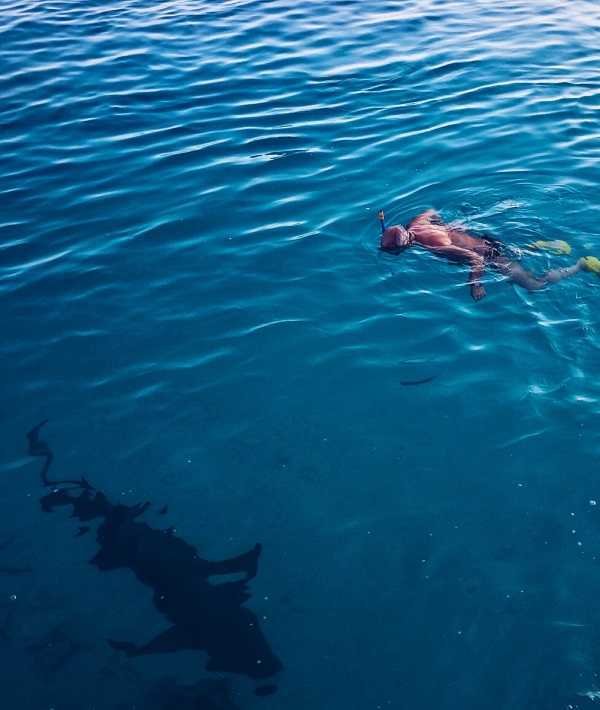
Swimming far out from shore may be a great way to get exercise and feel at one with nature, but it also puts swimmers at greater risk for being hurt or killed. From the rare risk of a shark attack (which happens to be 1 in 3.7 million) to injury, swimmer's fatigue, dangerous currents, and even being too far for anyone to see us in distress, the farther we go, the less likely we are to get help when we need it.
Leaving Pools Uncovered & Unsecured
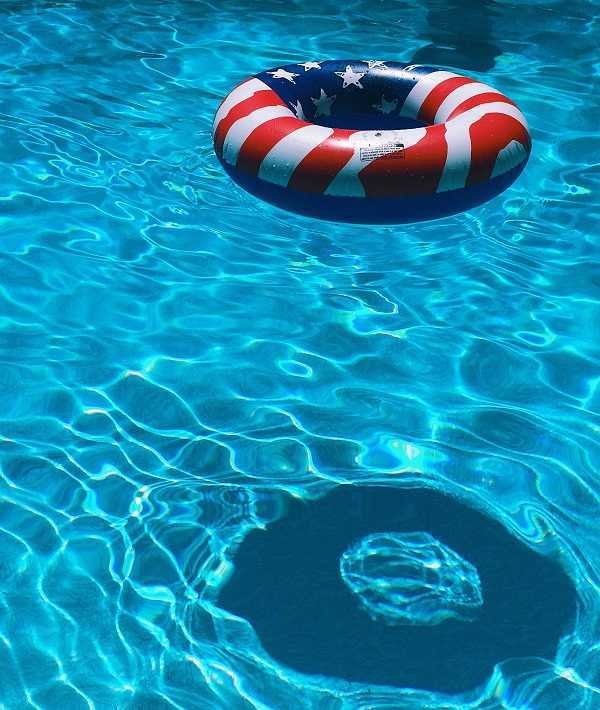
The American Red Cross estimates 200 children in the US die each year in swimming pool and hot tub accidents, making the need for barriers extremely important. Not only are children at risk for drowning in unsecured pools, pets and wild animals are also at risk. Experts recommend putting up a 4-foot fence around any pool or hot tub and always keeping a cover over any bodies of water that aren't in use.
Not Teaching Kids Rules for Water Safety
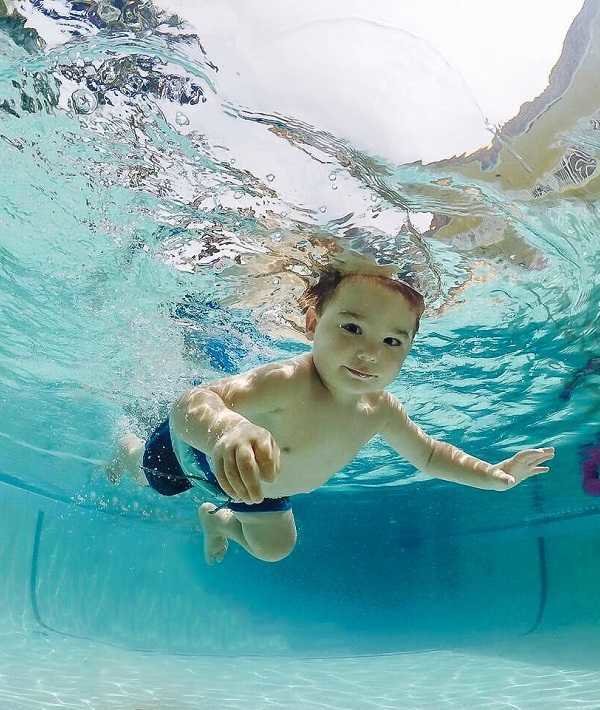
One of the worst methods for preventing water accidents or drownings is the "sink or swim" method. Assuming children or pets will teach themselves water safety is similar to assuming someone can drive without knowing the rules of the road. Children should always be taught how to swim, how to behave safely around water, and know clear rules about playing in the water to keep them safe as well as others.

